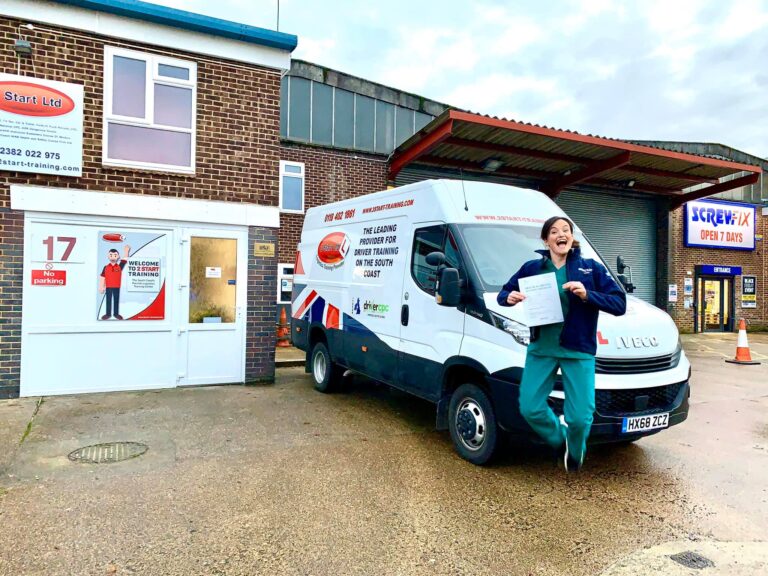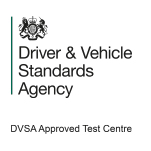Showing all 5 results
-
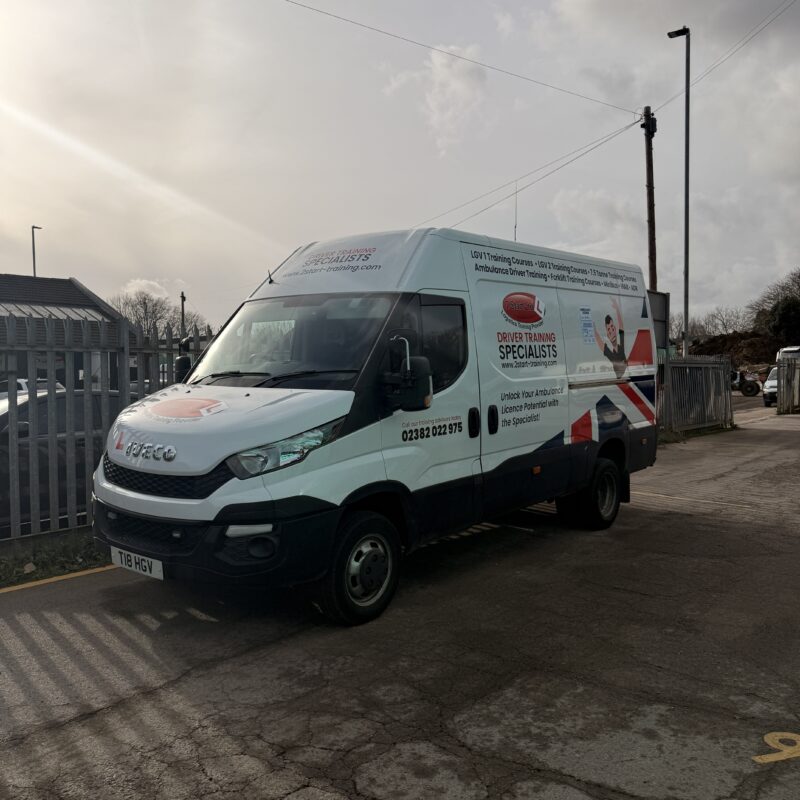
When gaining your Category C1 licence, you will be able to drive a vehicle up to 7.5 tonne Maximum Authorised Mass (MAM) capacity. This is defined as:
- A vehicle which is more than 3.5 tonne and up to 7.5 tonne in weight
- A trailer of up to 750Kg
Upon obtaining your provisional entitlement for Category C1, completing your medical, theory tests and your practical driver training elements, as well as passing all tests necessary, you will legally be allowed to drive a 7.5 tonne vehicle. Choose the hours you require, along with the add-ons needed, and our experienced instructors will help you gain and perfect the skills relevant to passing your 3a (off-road) and 3b (on-road) practical driving tests.
-
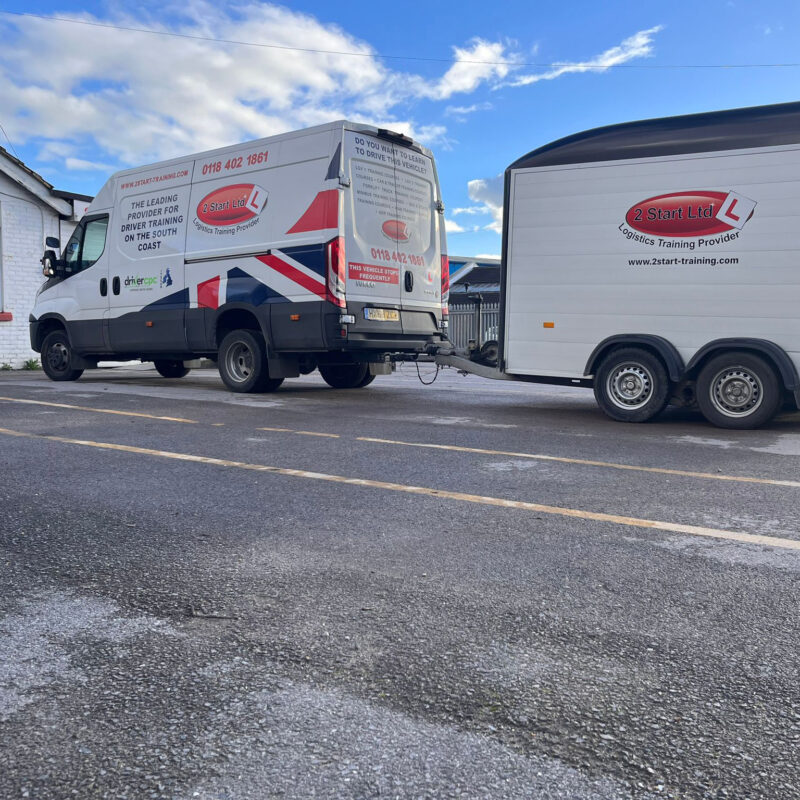 From: £1,104.00
From: £1,104.00
Gaining Category C1+E licence allows you to operate a vehicle up to 7.5 tonne Maximum Authorised Mass (MAM) capacity, with a trailer attachment of over 750kg. The combined MAM cannot exceed 12,000kg.
Upon obtaining your provisional entitlement for Category C1+E, completing your medical, theory tests and your practical driver training elements, as well as passing all tests necessary, you will legally be allowed to drive a 7.5 tonne vehicle with a trailer of over 750kg. Choose the hours you require, along with the add-ons needed, and our experienced instructors will help you gain and perfect the skills relevant to passing your 3a (off-road) and 3b (on-road) practical driving tests.
-
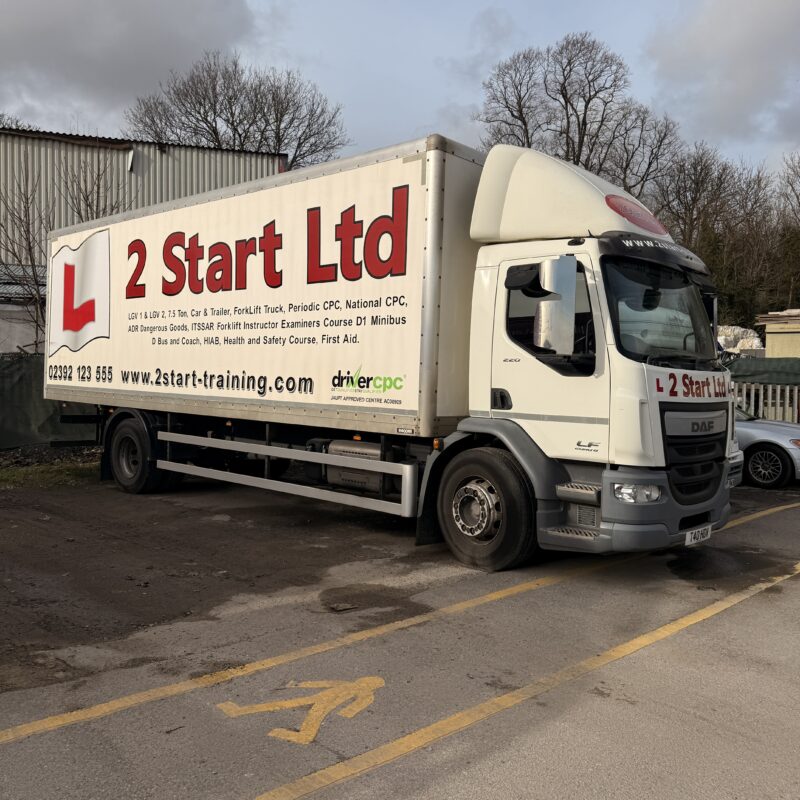
When looking to complete one of our Category C courses, this will allow you to operate the following type of vehicle:
- A rigid Large Goods Vehicle (LGV) with a weight of over 7.5 tonne with a trailer of up to 750kg.
A category C Licence will enable you to drive an LGV 2 (Large Goods Vehicle) commonly referred to as a rigid lorry. These can come in all shapes and sizes and used for various types of work with a fixed body.
Some of the most noticeable bodies being, Tipper, Skip, Fridge, Flatbed, Box and more specialised bodies such as cement mixers.
-
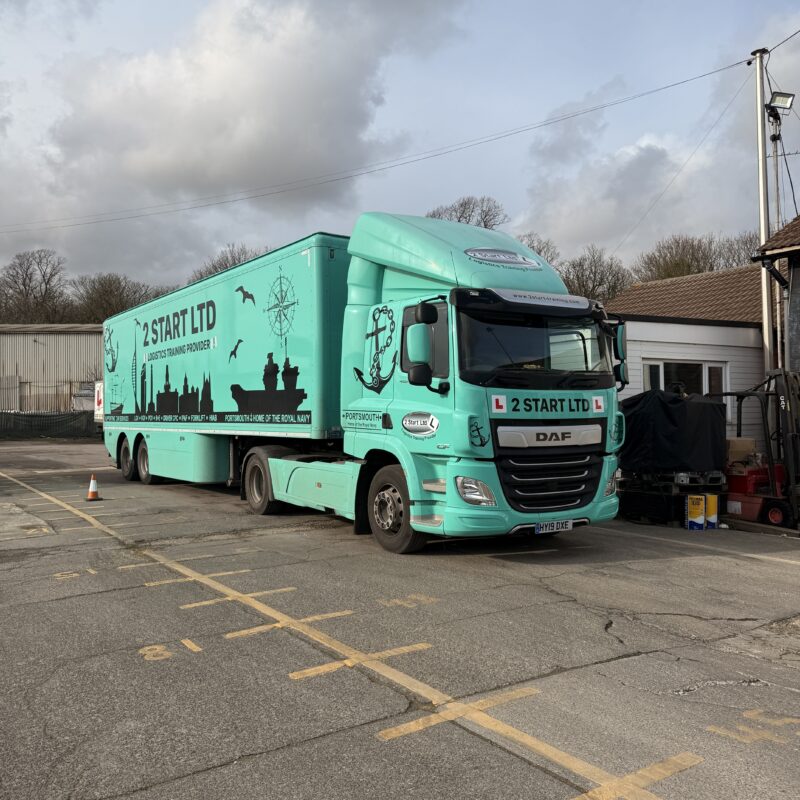
Our Category C+E courses will allow you to operate the following type of vehicle:
- An articulated Large Goods Vehicle (LGV) with a weight of over 7.5 tonne.
- A trailer over 750Kg
The C+E entitlement is the highest licence held by individuals, which makes it a great way to upskill in the logistics and road freight sector. As of November 15th 2021, you are now able to train straight from a car to a Category C+E vehicle. This means that you can skip the class 2 HGV licence.
-
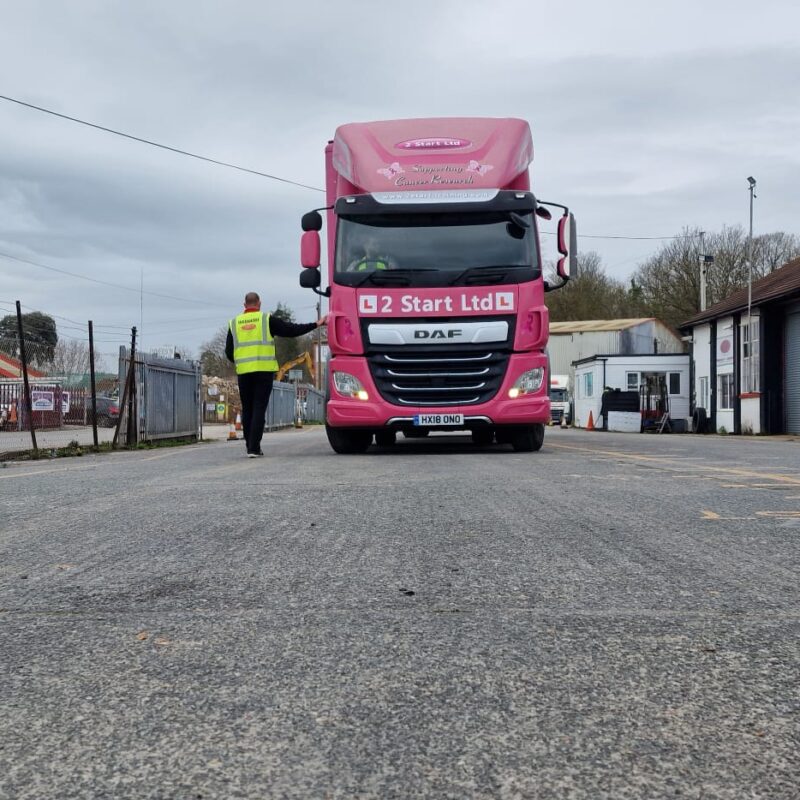 £40.00
£40.00
The 3a off-road is a part of your driver training & test, where you must complete an “s” shaped reversing manoeuvre. If you are learning to operate a vehicle with a trailer attachment, then you will also show a coupling & uncoupling procedure. The 3a off-road exercise is taken off the public roads on our DVSA approved 3a testing area by one of our own DVSA approved examiners. Your 3a off-road test will last up to 30 minutes and includes*
- An ‘S’-shaped reverse into a bay
- Showing the uncoupling and recoupling procedure if you’re taking a test with a trailer
*You can carry on if you make a mistake during your driving test. Your driving examiner will only stop your test if they think your driving is a danger to others.
